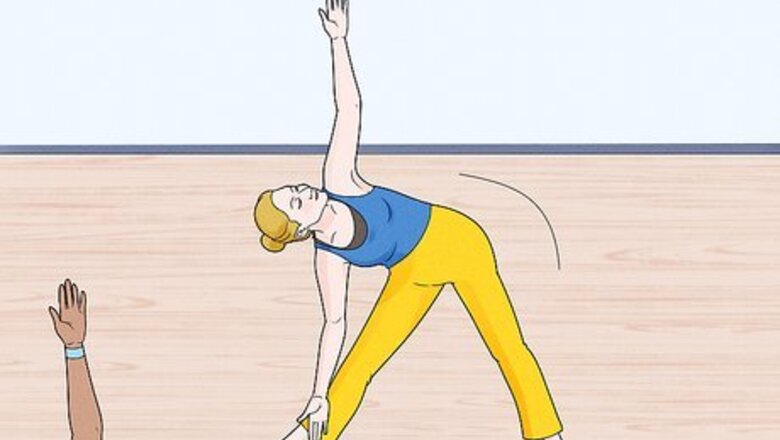
views
Deciding on a Class
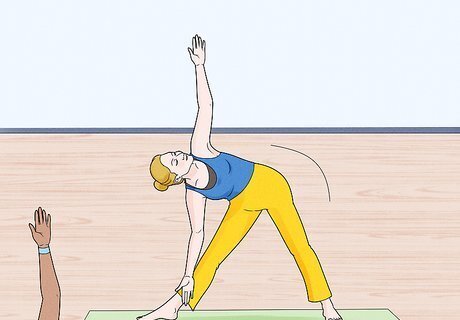
Take a beginner class in Hatha Yoga or Vinyasa Yoga. Many beginner-level classes will either be Hatha or Vinyasa. Both are focused on coordinating movement with breath. Vinyasa is a little faster-paced and will involve more intense stretching, leg lifting and inversions. The more advanced these classes, the more they will challenge even a regular yogi.
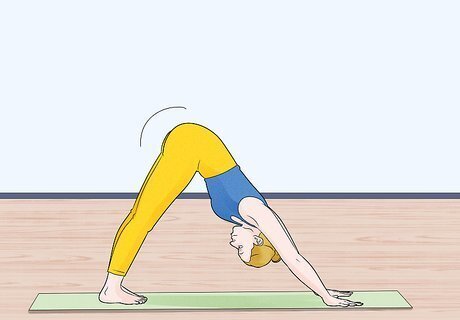
Try an Ashtanga or Power Yoga class if you want to try a little bit more of an advanced class. These classes involve constant movement between poses, making them slightly more challenging.
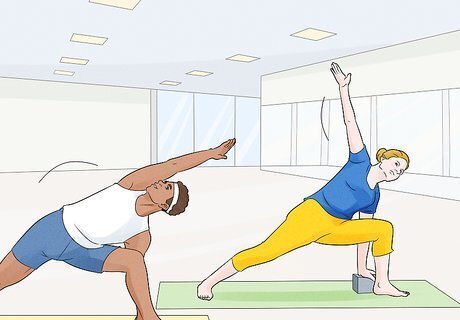
Take Iyengar yoga to focus on poses for longer periods of time. Many poses will be held for a long time, giving you a chance to find your balance and appreciate the benefit of the stretch. This form of yoga often calls for props such as blocks, blankets, or straps (which are usually on hand at the studio; you won’t need to bring your own).
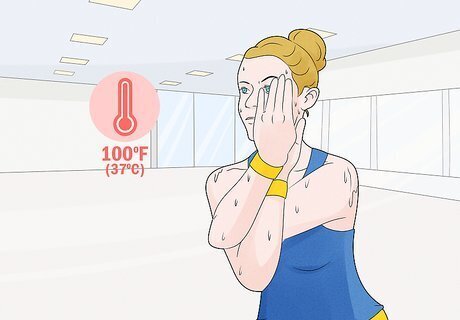
Take Bikram Yoga or Hot Yoga class. The rooms are heated to approximately 100 degrees (37ºC) in order to induce sweating, which is thought to be cleansing. The heat also encourages relaxing of muscles, which leads to much deeper stretches.
Choosing Your Top
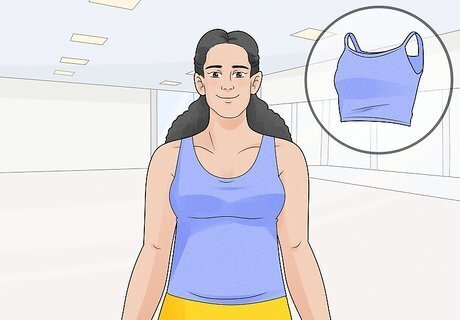
Wear a tank top to yoga. Some of the most basic yoga poses involve lots of arm movement. If you don’t have any sleeves, you won’t have to worry about constantly pushing them out of your way and can focus instead on your poses. Chose one that doesn’t have a plunging neckline and fits your body well—a loose shirt or a low neckline will leave you exposed when you bend or twist into a new position.
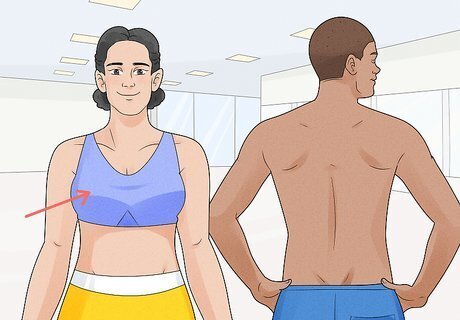
Wear a sports bra to a Bikram class. During Bikram or Hot yoga, you will get extremely warm. Women may want to opt for a sports bra in order to stay cool. Sports bras are typically categorized by impact level; a low-impact bra is fine. For men, going shirtless to Bikram is an option.
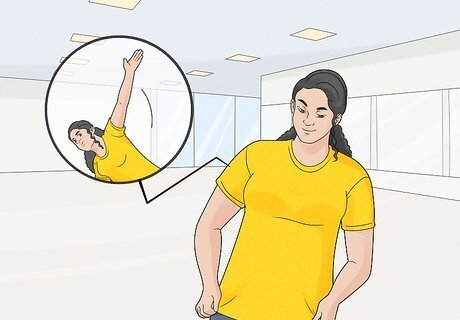
Try a t-shirt. Pick one that is comfortable and fits well. Practice stretching, reaching, and bending your arms to make sure the shirt is not too tight. In inversion poses, your shirt might slide up your torso, so either prepare to tuck it in during class, or wear a camisole underneath.
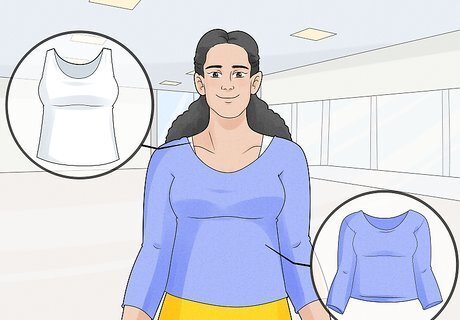
Experiment with layers. For a more mellow class like Iyengar or Vinyasa, you may want to wear a lightweight sweatshirt over a tank top so you’ll be warm at the beginning and end of class when there is less movement. You can always remove layers if you get too hot.
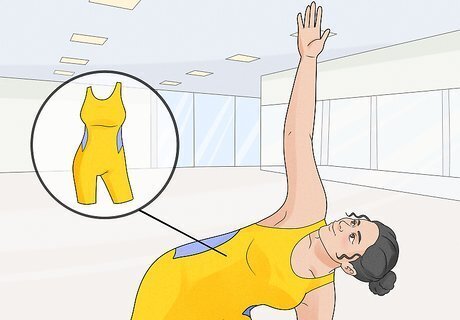
Use your swimsuit. During summer, if you're doing yoga outdoors, a swimsuit is perfectly acceptable provided you're comfortable wearing it.
Picking Out a Pair of Pants

Wear yoga pants. Yoga pants are easy to find at most stores that carry workout clothes. They come in many different colors so you can pick whatever suits your personality. Try some lunges or stretches in the dressing room to make sure you have a full range of motion. You can also wear them for other fitness activities, like running or biking. Full-length yoga pants are better suited for classes that won’t involve a lot of rapid movement since the excess fabric could trip you up. For more active classes where you’ll get hotter much quicker, consider getting a 3/4-length pair of yoga pants. The styles vary from pencil-leg to bell-bottoms. There are also more loose-fitting styles that resemble lightweight sweatpants. Consider which styles will make you feel most comfortable since you want to be able to work through your poses without worrying at all about the way you look.
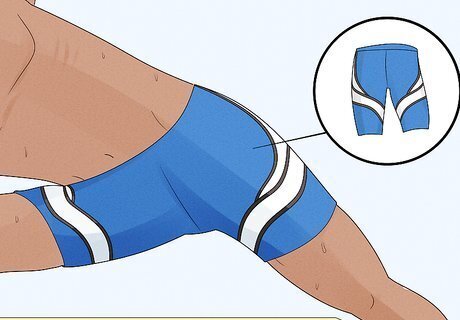
Try bicycle shorts. Again, at a Bikram class, less is more; you might not want your entire legs covered. Bicycle shorts are great for yoga because they stay put as you move. You’ll also want to consider whether they are transparent when stretched, but you want to be secure that you will be well-concealed throughout the class. If you’re going to be sweating a lot in your shorts, consider black or navy blue colors that tend to show moisture less readily.
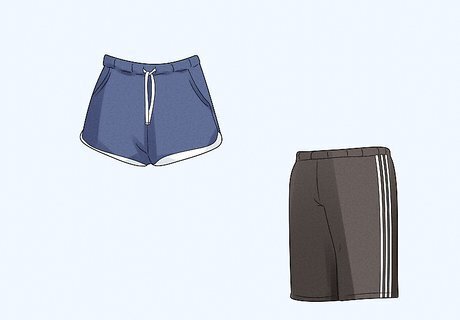
Wear ordinary, loose fitting shorts. If you have a favorite pair of shorts that moves with you as you do, they might be perfect for yoga.
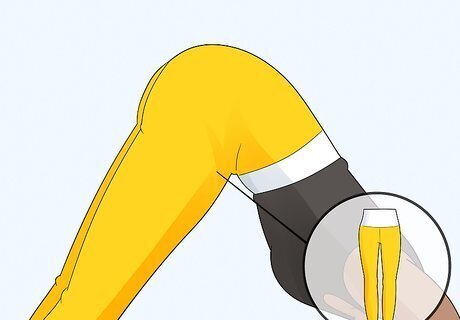
Choose a pair of leggings. You might already have leggings in your closet. Just make sure you choose an opaque pair! If you haven’t tried yoga before and are tentative about investing in a new wardrobe before you know whether you’ll go to classes regularly, a pair of leggings is fine. But you will want to get some pants properly designed for yoga if you perform it more often because the way yoga clothes are tailored lend themselves well to getting into flexible poses comfortably and without restriction.
Accessorizing Your Yoga Outfit
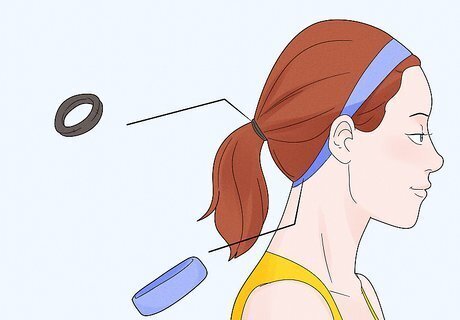
Remember to bring a headband or hair tie. Keeping your hair out your face is always important when exercising. If your hair is too short to tie back, a headband will help keep it off your forehead and out of your eyes.
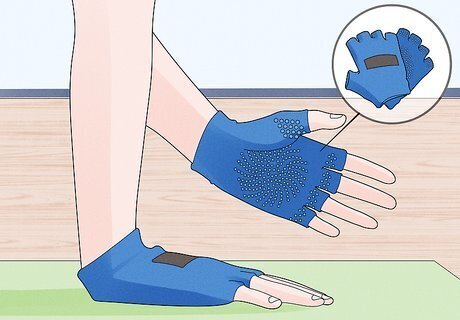
Pick up a pair of yoga gloves. While they certainly don’t look chic, yoga gloves are very useful. Their skid-proof palms give you a bit more gripping power and prevent your hands from slipping on the mat. They are fairly inexpensive and can be found at yoga clothing stores and sometimes health food stores.
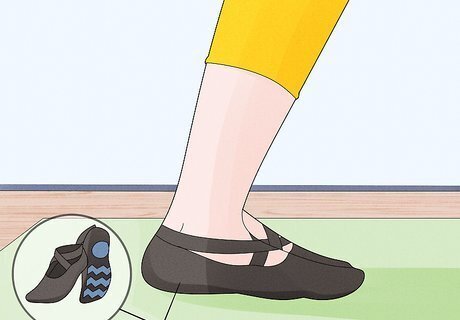
Get a pair of yoga socks. These will help you avoid from slipping on your mat, which can get very frustrating, particularly in hot or higher-intensity classes.
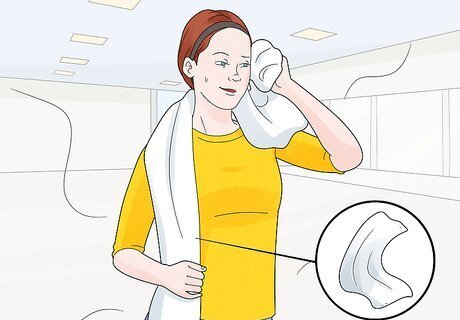
A towel is never a bad idea. Yoga class can get awfully sweaty, so you might be glad you brought a towel. You can also lay your towel down on your mat to help keep your hands from slipping—a good option if you don’t like yoga gloves.
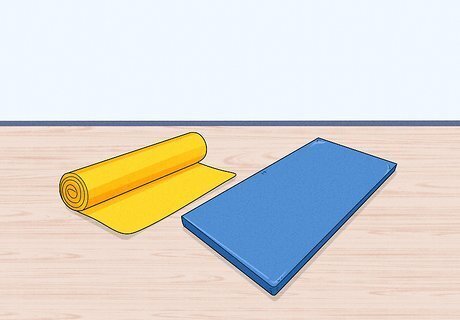
Invest in a yoga mat. Mats can be pricey, but it’s nice to have your own if you want to practice at home or if you have issues with using someone else’s mat. If you’re not sure if yoga is for you and just want to try it out, most studios have mats available to rent. Mats vary in thickness, so if you have tender knees or want more support for when you’re sitting on the firm ground, consider the option of buying a thicker mat.
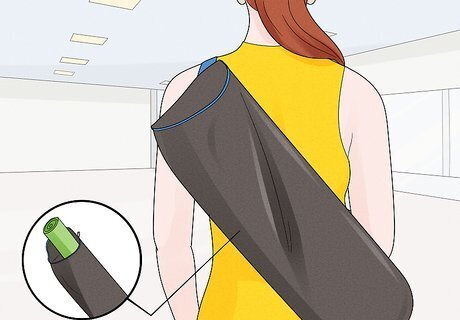
Buy a yoga bag or strap for your mat. Having one of these makes it easier to move around with your mat since you can carry it over your shoulder. It’s also a great way to keep your mat from unraveling when you’re not using it.










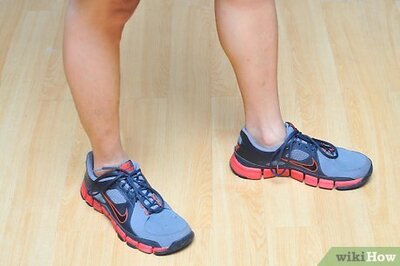
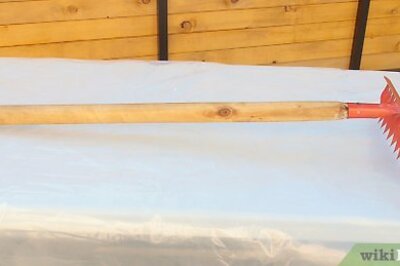
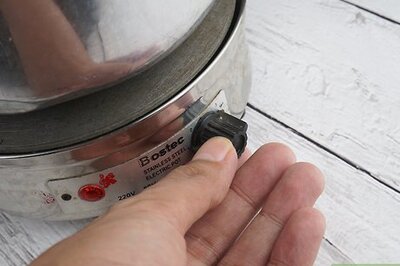


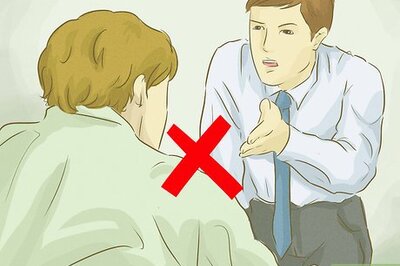

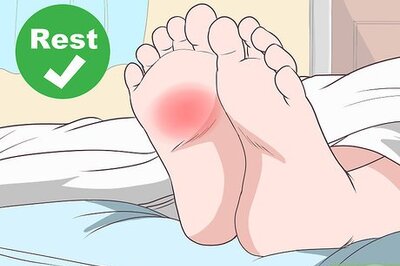


Comments
0 comment